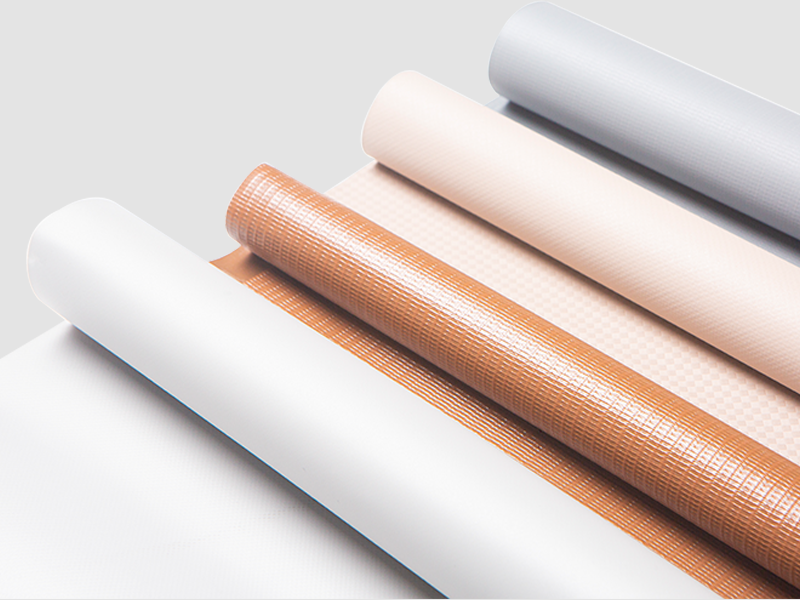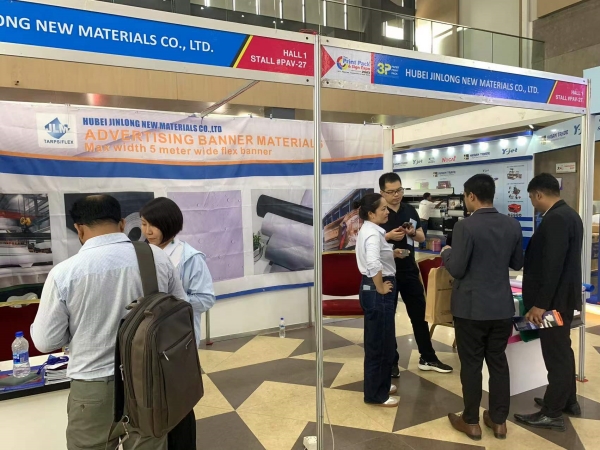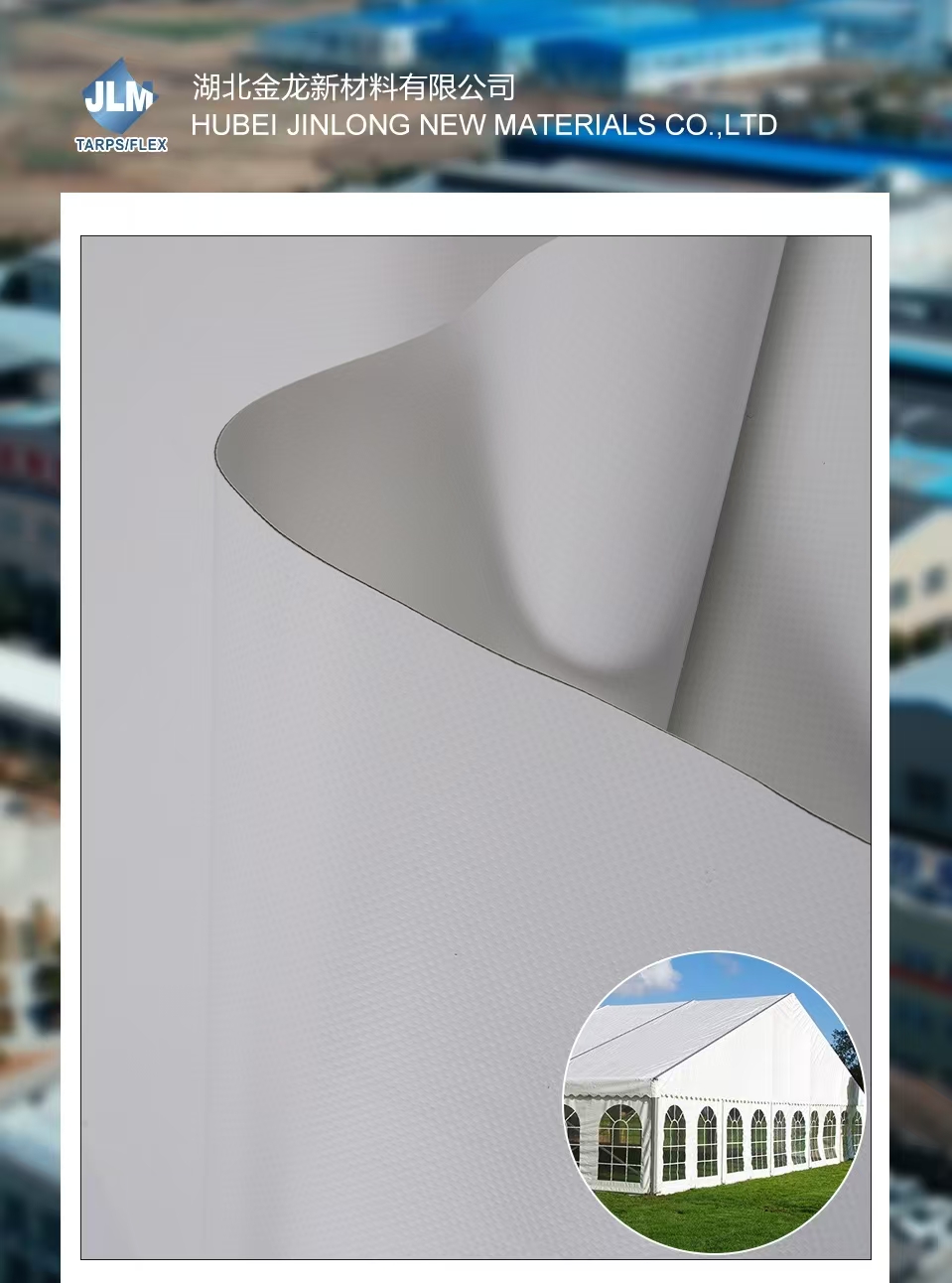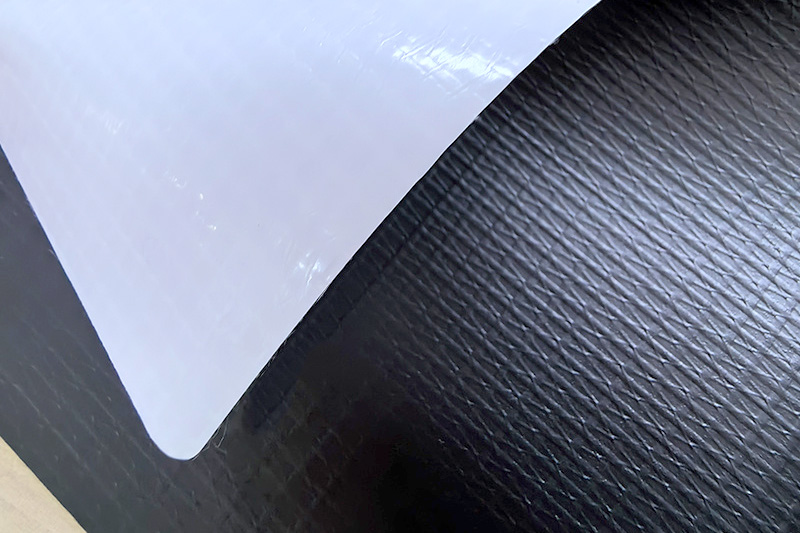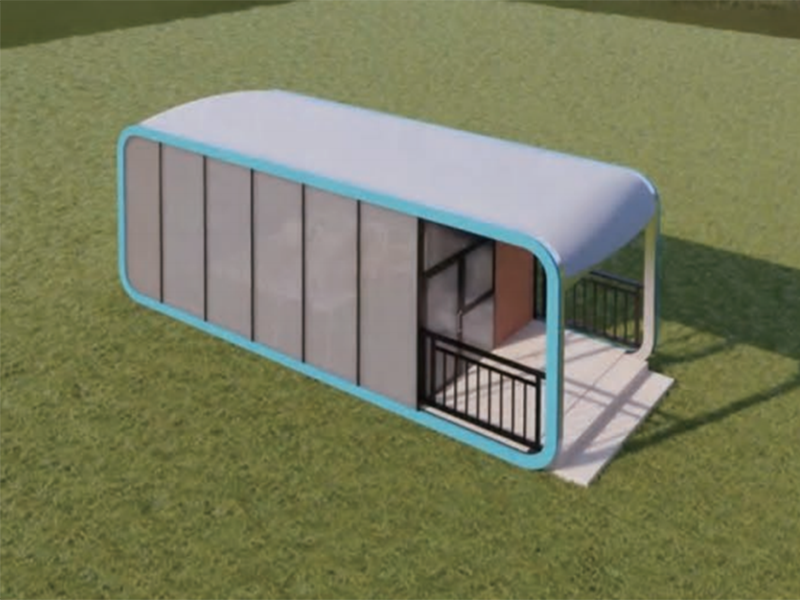PVC pillow water tanks, also known as flexible or bladder water tanks, are widely used for storing and transporting water in residential, commercial, and industrial applications. Their lightweight design, flexibility, and ease of installation make them a popular choice compared to traditional rigid tanks. However, a common concern is: Is the PVC pillow water tank easy to break? The answer depends on several factors, including material quality, installation, maintenance, and usage conditions.
Understanding PVC Pillow Water Tanks
A PVC pillow water tank is made from durable polyvinyl chloride (PVC) reinforced with polyester fabric or other synthetic materials. The pillow-shaped design allows the tank to expand and conform to the storage space while holding large volumes of water. This flexibility helps prevent structural damage that rigid tanks might suffer under uneven loads or impacts.
The combination of PVC and reinforcing fabrics gives the tank both strength and flexibility. Unlike traditional rigid tanks, which can crack or burst under stress, a properly manufactured pillow tank is designed to withstand external pressure, minor impacts, and everyday handling.
Factors That Affect Durability
-
Material Quality
The durability of a PVC pillow water tank depends primarily on the quality of the PVC and the reinforcing layers. High-quality PVC is resistant to UV light, abrasion, and chemical corrosion. Tanks made from low-grade PVC may degrade faster, becoming brittle and more prone to punctures or tears. -
Wall Thickness and Construction
Thicker and well-reinforced tanks are less likely to rupture. Multiple layers of PVC and polyester fabric provide extra strength, ensuring that the tank can withstand internal water pressure and external forces without breaking. -
Installation Practices
Proper installation plays a crucial role in the tank’s longevity. The tank should be placed on a smooth, level surface free of sharp objects or debris. Uneven surfaces or rough ground can create stress points that increase the risk of punctures or tearing. -
Water Pressure and Volume
Overfilling the tank can cause excessive internal pressure, stretching the PVC and weakening the seams. Adhering to the manufacturer’s recommended capacity is essential to prevent structural damage. -
Environmental Conditions
PVC pillow water tanks are generally resistant to weathering, but prolonged exposure to extreme temperatures, direct sunlight, or harsh chemicals can degrade the material over time. Using a protective cover or placing the tank in shaded areas can enhance durability.
Are PVC Pillow Water Tanks Easy to Break?
While PVC pillow tanks are flexible and robust, they are not indestructible. Minor punctures or tears can occur if the tank comes into contact with sharp objects, heavy machinery, or extreme environmental conditions. However, under normal use—such as proper installation, moderate handling, and correct filling—the tanks are highly durable and unlikely to break.
Compared to rigid plastic or metal tanks, PVC pillow tanks are actually more resilient in certain scenarios. Their flexibility allows them to absorb impacts that could crack a rigid tank. Additionally, if a small puncture does occur, many tanks can be repaired easily using adhesive patches or repair kits.
Maintenance Tips to Enhance Durability
To maximize the lifespan of a PVC pillow water tank, follow these maintenance guidelines:
- Inspect Regularly: Check for signs of wear, punctures, or seam damage. Early detection can prevent leaks.
- Clean Properly: Use mild detergents and avoid harsh chemicals that could weaken the PVC.
- Avoid Overfilling: Do not exceed the recommended water capacity.
- Protect from Sharp Objects: Keep the tank away from sharp tools, stones, or machinery.
- Store Appropriately: If not in use, store the tank folded in a cool, dry place to avoid UV degradation and material fatigue.
Advantages Despite Potential Risks
Even with the possibility of punctures, PVC pillow water tanks offer several advantages that make them a reliable choice:
- Lightweight and Portable: Easier to transport than rigid tanks.
- Flexible Shape: Can fit into confined spaces and conform to uneven surfaces.
- Easy Installation: Requires minimal setup, often no foundation is needed.
- Cost-Effective: Generally cheaper than rigid tanks of similar capacity.
- Repairable: Minor damage can often be fixed quickly without replacing the entire tank.
Conclusion
So, is the PVC pillow water tank easy to break? No, it is not inherently easy to break when used correctly. High-quality PVC pillow tanks are designed to be durable, flexible, and resilient under normal conditions. They can withstand moderate impacts, internal water pressure, and environmental exposure better than many rigid tanks.
However, durability depends on material quality, proper installation, and careful use. Avoiding sharp objects, overfilling, and extreme environmental stress ensures that the tank remains safe and functional for years. With proper care, PVC pillow water tanks provide a reliable, cost-effective, and versatile solution for water storage and transport.
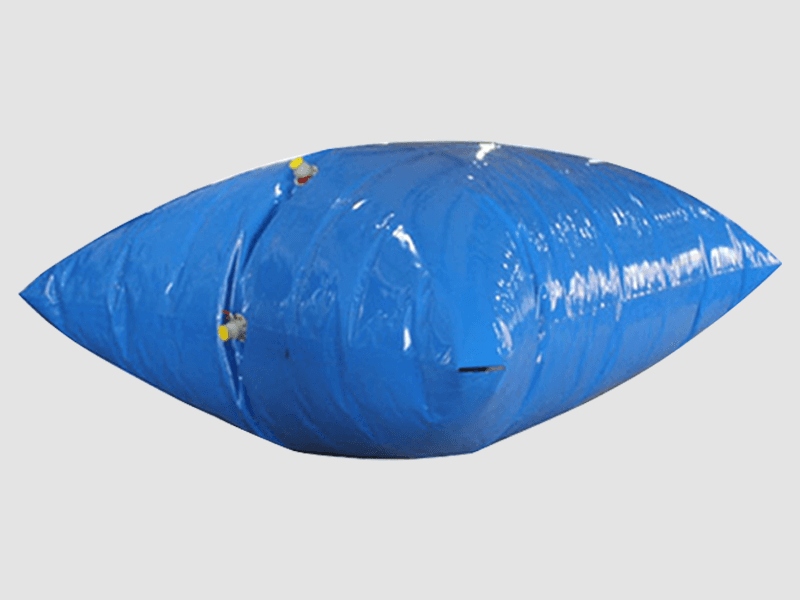


 English
English русский
русский Français
Français Español
Español

